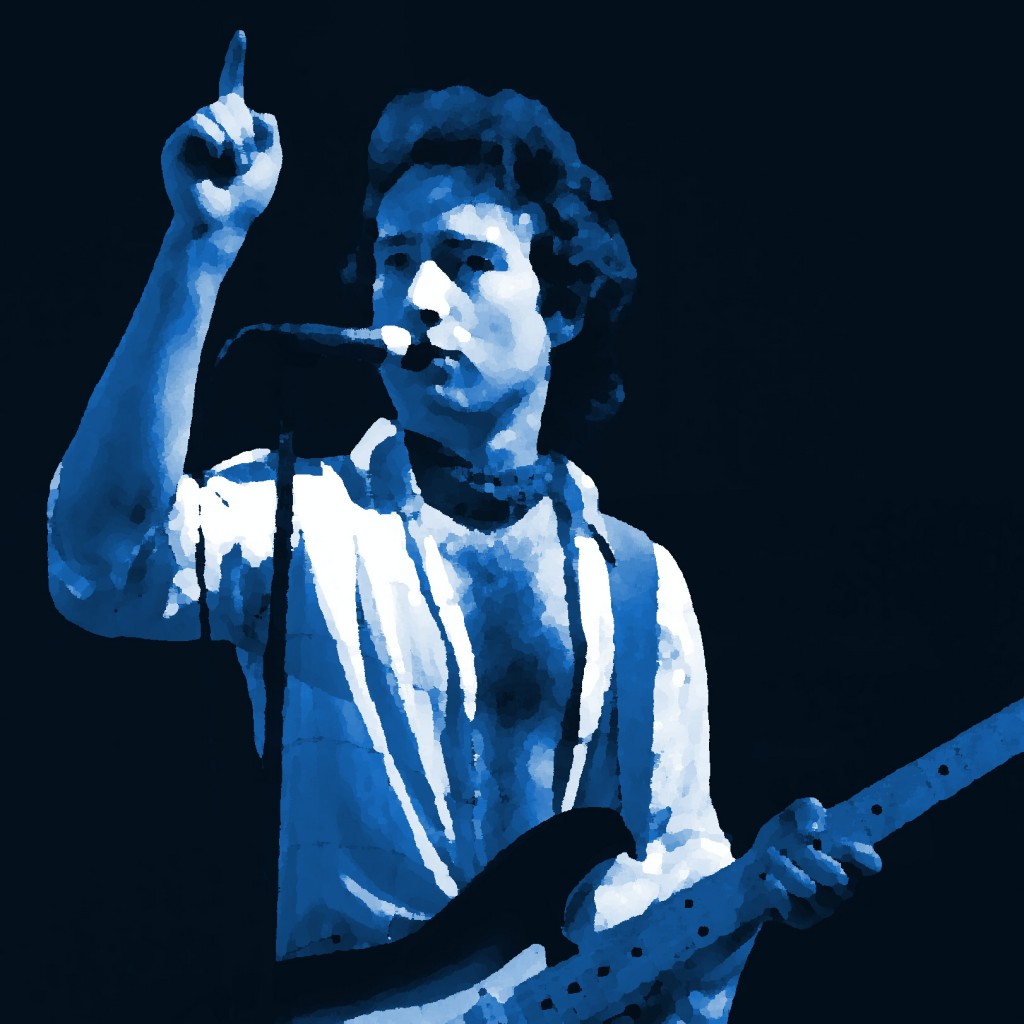BAD COMPANY-Imaginative Composers and Instrumental Virtuosos

BAD COMPANY performing in Spokane, Wa. on May 4, 1977. PHOTO by BEN UPHAM
CLICK LINK BELOW TO SEE MORE BAD COMPANY PHOTOS
BAD COMPANY PHOTOS by BEN UPHAM
and
BAD COMPANY FINE ART AMERICA IMAGES
Bad Company On Rock Target
By AL RUDIS August 11, 1977
Chicago Sun-Times
From the opening guitar riffs of “Good Lovin’ Gone Bad,” which sound very similar to those in “Can’t Get Enough of Your Love,” it’s clear that Bad Company’s second album, “Straight Shooter” (Swan Song records and tapes), is going to be full of powerful elemental rock once more.
This band of veteran British musicians turned the music business on its head last year by dispensing with all the frills and playing a primitive music that set bones to rattling and bodies to quivering. It is the type of music that’s easy to disparage, because it sounds so simple that any mediocre band could do it. But Bad Company didn’t sell millions of albums worldwide doing what the boys next door do.
With all the Imaginative composers and instrumental virtuosos expanding the elevating rock and roll, it’s
sometimes forgotten that the whole structure is founded on just a few chord patterns and some strong
rhythm. What makes the repetition palatable is the human element — the feeling, the emotionalism, the blues. And that’s where Bad Company comes in.
Bad Company’s music is suffused in earthy emotionalism. The quartet reacts In an almost chemical way when playing together, forming a music that is both tightly and loosely bonded. The rhythms and arrangements played by guitarist Mick Ralphs, bassist Boz Burrell and drummer Simon Kirke, with the occasional assistance of second guitar by singer Paul Rodgers, hold together like a bowstring —constantly taut, yet flexible and stretching. This is most clearly demonstrated in the head on rock numbers, such as
‘Good Lovin’ Gone Bad,” ‘Deal with the Preacher” and “Wild Fire Woman.” (one of these songs rocks the way, say, an Alice Cooper or a Bachman-Turner Overdrive number does. Alice and BTO have the tightness down, but not the looseness. With Bad Company, you some how have the feeling that the numbers are going forward purely on the emotion of the moment and that the next time they’re performed they may come out
totally different.
Of course, the vocals of Paul Rodgers contribute to this feeling more than anything. He is almost a jazz singer up there in front of the arrangement, swooping In and out, getting behind, pushing ahead, coming back to meet the band. His intuitive sense of where to go with a lyric is unmatched in rock. You’d have to go to the top ballad singers to make comparisons. The way he comes up with the perfect code is worthy of the master, Frank Sinatra himself.
Of course, the songs are in no way comparable with ballad masterpieces. Rodgers must rely on emotional
overtones and dynamics rather than phrasing of the simplistic lyrics. At least the lyrics aren’t insulting to the intelligence, as so many rock lyrics (some in great songs) are. But in the case of Bad Company, the melodic and lyric content is merely the bare bones upon which to mold a song full of flesh and blood and spirit. Only one number, “Anna,” a slow ballad, isn’t striking, but with seven out of eight on target. Bad Company seems to have a “Straight Shooter” indeed.
BAD COMPANY DISCOGRAPHY:
1974 Bad Company
1975 Straight Shooter
1976 Run with the Pack
1977 Burnin’ Sky
1979 Desolation Angels
1982 Rough Diamonds
1986 Fame and Fortune
1988 Dangerous Age
1990 Holy Water
1992 Here Comes Trouble
1995 Company of Strangers
1996 Stories Told & Untold
2002 Merchants of Cool
2006 Live in Albuquerque 1976
CLICK LINK BELOW TO SEE BAD COMPANY PHOTOS
BAD COMPANY PHOTOS by BEN UPHAM
and
BAD COMPANY FINE ART AMERICA IMAGES
1 comment